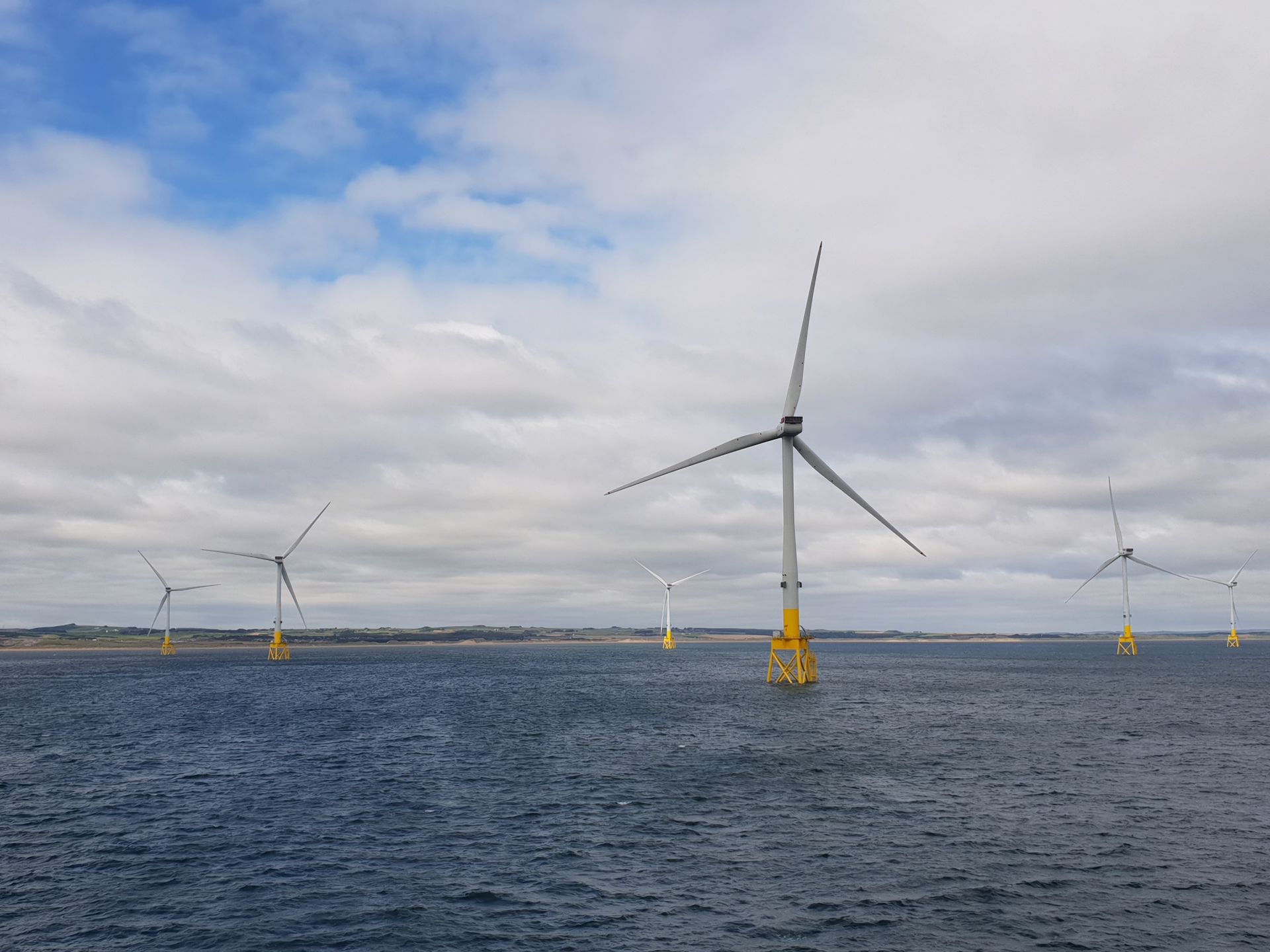Project development is an inherently risky business. Although as the industry has matured, the original technological risks have reduced, ScotWind marks a step-change in project scale and site conditions that will act to reverse some of this progress. However, if this hurdle can be overcome it will ultimately open up a much wider market potential for offshore wind, not just in the UK but globally. The question for developers is how to manage these new risks in a way that is balanced against early project expenditure, at a time prior to many of the key milestones being reached, such as securing a CfD that will provide certainty in terms of a route to market. It can be tempting to limit expenditure and focus on the first milestone of achieving consents for the project, in a step-wise approach to development.
Where this approach has been used on previous projects it has often led to a lack of joined up thinking between the consenting, engineering and commercial strategies. The use of multiple consultants working to different schedules, the lack of knowledge sharing between parties and inconsistencies in input parameters and data quality, means sub-optimal solutions are developed as there is no feedback loop between the different disciplines.
At Xodus, through our integrated teams, we put our ethos of ‘buildable; bankable; consentable’ at the heart of every project, meaning that we take a holistic approach to every problem and examine the impact of decisions on each stage of the project by understanding the intricate inter-dependencies between technical considerations, stakeholder management and finance risk.
We recommend an integrated approach to the consenting phase, regardless of which consultant or team of advisors is used, that has a strong element of engineering, commercial and strategy development alongside the environmental work. A phase we are calling Concept+. Although this does lead to expenditure being skewed more towards the earlier years, the development budget is only a small component of the overall project capex, and the commitments that developers have made in order to secure Option Agreements with the Crown Estate confirm that they are in solid positions to finance these projects from the outset.
This joined-up approach is particularly important in the context of ScotWind because of the considerable challenges that these sites will face beyond anything currently seen in the UK market. These projects will push the current water depth limits for jacket foundations, provide the first tranche of floating wind projects at the commercial scale and be built in harsher wave conditions, stronger winds and often with complex seabed conditions.
Key benefits of taking a holistic approach to Concept+ are:
- Surveys will be more efficient through combining environmental and technical requirements;
- Surveys will be better informed due to the progression of the engineering design work, which will reduce; design costs in the long term as well as providing a greater amount of data for use in the EIA and hence reduces risk;
- Promotes a shorter development timeline overall – of course this is quite critical in terms of the LCoE for a project; and
- Fewer iterations down the line – engineers and environmental specialists work together from the outset on common inputs and can define an optimal solution taking all aspects into account. This substantially limits the requirements for rework and consent variations at later project stages.
With the existing gaps in Scottish supply chain, much larger turbines, inclusion of floating technology and the sheer number and scale of the projects to be delivered in ScotWind on the same timeline using the same facilities, developing a robust strategy for buildability from an early stage is also going to be critical for the success of these projects.
